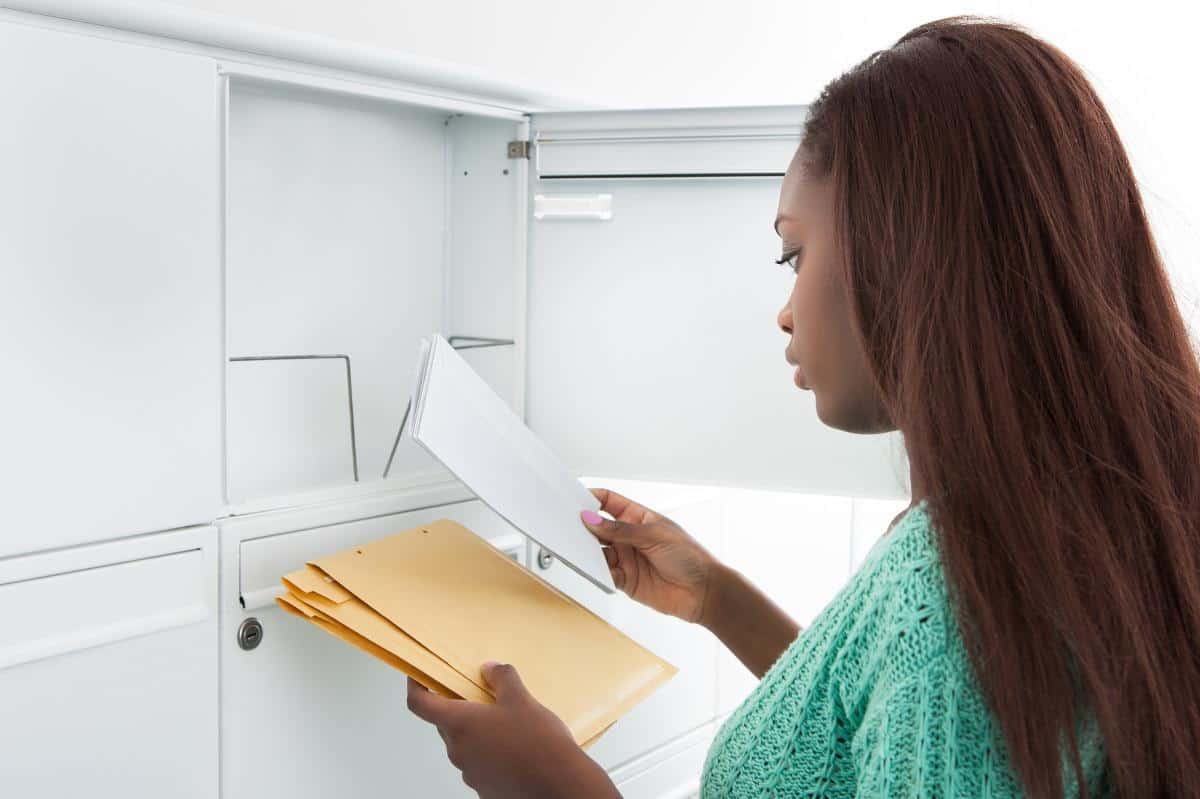Terms like first month’s rent, last month’s rent, and security deposits are commonly encountered but can be confusing, especially for first-time renters. This guide is here to demystify these concepts, providing a comprehensive breakdown of what each term means, their purposes, and how they impact your renting experience. Understanding these financial requirements is crucial for budgeting and avoiding surprises, ensuring a smooth transition into your new home.
Quick Summary
Key topics include:
- First Month’s Rent: The initial payment to secure the lease, covering the first month of occupancy.
- Last Month’s Rent: Prepayment for the final month of the lease, ensuring financial security for the landlord.
- Security Deposit: A refundable deposit to cover damages and unpaid rent, typically equivalent to one to two months’ rent.
- Rental Agreement: Legal document outlining rent, security deposit terms, maintenance responsibilities, and termination conditions.
- Renting Laws and Regulations: Federal, state, and local laws affecting rental agreements, including the Fair Housing Act and rent control ordinances.
- Calculating Rent: Methods for determining first and last month’s rent, including pro-rated calculations.
- Security Deposit Refunds: Tips for getting your security deposit back, including documenting the property’s condition and performing regular maintenance.
- Negotiating Terms: Strategies for negotiating rent, security deposit amounts, and other lease terms.
By understanding these elements, renters can navigate their lease agreements more effectively and avoid common pitfalls.
Understanding the Purpose of First Month Rent
What is First Month’s Rent?
First month’s rent is the initial payment made to your landlord at the start of your lease. This payment is straightforward – it covers the rent for the first month you’ll be living in the property. Typically, it’s due before you move-in or on the lease signing day.
Why is First Month’s Rent Required?
First month’s rent serves several purposes:
- Securing the Lease: It acts as a commitment from the tenant, showing they are ready to start the rental period.
- Initial Payment: Covers the rent for the first month, ensuring the landlord has financial security right from the start.
- Tenant Responsibility: It marks the beginning of the tenant’s responsibility for paying rent regularly.
How is First Month’s Rent Calculated?
The calculation is usually straightforward:
- Fixed Amount: Equal to the monthly rent stated in the lease agreement.
- Pro-Rated: If you move in on a date other than the first of the month, you might pay a pro-rated amount based on the number of days you’ll be living there in the initial month.
Importance of Paying First Month’s Rent on Time
Paying your first month’s rent on time sets a positive tone for your relationship with the landlord. It demonstrates reliability and helps avoid any potential penalties or late credit fee.
Understanding the Purpose of Last Month’s Rent
What is Last Month’s Rent?
Last month’s rent is an upfront payment for the final month of your tenancy. This amount is typically collected at the beginning of the contract lease term, along with the first month’s rent and security deposit.
It’s essentially a way for landlords to ensure they’ll receive rent for the last month of your lease.
Why is Last Month’s Rent Required?
Here’s why landlords often require last month’s rent:
- Security: It guarantees that the tenant won’t skip out on the last payment and helps the landlord financially if the tenant leaves without notice.
- Budgeting: It helps the tenant plan financially for their move-out without worrying about that last rent payment.
How is Last Month’s Rent Used?
- Coverage for Final Month: It is directly applied to the rent for the last month of the lease.
- Non-Refundable: Unlike security deposits, last month’s rent is not refundable – it’s a prepayment, not a deposit.
Considerations for Last Month’s Rent
It’s important to understand that last month’s rent doesn’t cover damages or unpaid utilities; that’s what the security deposit is for.
Also, if rent increases during the lease term, tenants might have to cover the difference in the last month.
Understanding the Purpose of Security Deposit
What is a Security Deposit?
A security deposit is a sum of money collected by the landlord to cover potential damages to the property or unpaid rent.
Unlike last month’s rent, the security deposit is refundable, provided the terms of the lease are met and there are no damages or unpaid dues.
Why is a Security Deposit Required?
Here’s why security deposits are essential:
- Protection: It safeguards the landlord against potential damages or unpaid rent.
- Incentive: It encourages tenants to maintain the property in good condition to get their deposit back.
How Much is Typically Required?
The amount varies but is often equivalent to one to two months’ rent. Some jurisdictions have limits on how much can be charged as a security deposit, so it’s essential to be aware of local laws.
What Can the Security Deposit Be Used For?
- Repairs: Covers the cost of repairing any damage beyond normal wear and tear.
- Unpaid Rent: Used to cover any outstanding rent if the tenant leaves without paying.
- Cleaning: If the property needs extensive cleaning beyond normal use.
Getting Your Security Deposit Back
To ensure you get your security deposit back:
- Document the Condition: Take photos and notes of the property’s condition when you move in.
- Clean Thoroughly: Leave the property clean and in good condition.
- Fix Damages: Address any damages before you move out.
Rental Agreement and Legal Considerations
What Should Be Included in a Rental Agreement?
A rental agreement should clearly outline the terms of your lease, including:
- Rent Amount and Due Date: Specifies how much rent you’ll pay and when it’s due.
- Security Deposit: Details the amount, conditions for deductions, and the process for getting it back.
- Maintenance Responsibilities: Defines what the tenant and landlord are responsible for in terms of maintenance and repairs.
- Termination Terms: Explains how either party can terminate the lease and the required notice period.
Legal Aspects to Consider
- Compliance with Local Laws: Ensure the lease complies with local rental laws and regulations.
- Dispute Resolution: Understand the process for resolving disputes, whether through mediation, arbitration, or legal action.
Understanding Your Rights as a Tenant
- Right to a Habitable Home: The landlord must maintain the property in a livable condition.
- Right to Privacy: Landlords must give notice before entering the property.
- Right to Non-Discrimination: Fair housing laws protect tenants from discrimination based on race, religion, gender, etc.
Renting Laws and Regulations
Federal and State Laws
- Fair Housing Act: Prohibits discrimination in housing-related activities.
- State-Specific Regulations: States have varying laws on rent control, eviction procedures, and security deposits.
Local Ordinances
Local laws can affect various aspects of renting, such as:
- Rent Control: Some cities have regulations on how much rent can be increased.
- Short-Term Rentals: Regulations on subletting or short-term rentals.
Understanding Your Lease
- Read Thoroughly: Always read your lease agreement carefully before signing.
- Seek Clarification: Ask questions about any terms or clauses you don’t understand.
Calculating the Amount for First and Last Month Rent
How is the Rent Calculated?
- Monthly Rent: The amount agreed upon in the lease for each month.
- Pro-Rated Rent: If moving in mid-month, rent might be calculated based on the number of days.
Factors Affecting the Amount
- Location: Rent varies significantly by location.
- Market Rates: Current market conditions can influence rent prices.
Example Calculation
If your monthly rent is $1,500, and you move in on the 15th of a 30-day month, your pro-rated first month’s rent might be:
Pro-Rated Rent=Monthly Rent/30×Days of Tenancy
Pro-Rated Rent=1500/30×15=750
Understanding Refunds and Deductions from Security Deposit
Common Reasons for Deductions
- Damage Repairs: Costs to repair damages beyond normal wear and tear.
- Unpaid Rent: Any outstanding rent payments.
- Cleaning Fees: If the property needs more than routine cleaning.
How to Avoid Deductions
- Document Everything: Keep records of the property’s condition and any communication with the landlord.
- Perform Regular Maintenance: Address issues promptly to avoid larger repairs later.
Getting a Refund
- Final Inspection: Request a walkthrough with the landlord to discuss any potential issues.
- Provide Forwarding Address: Ensure the landlord knows where to send the refund.
Tips for Negotiating Rental Terms
Negotiating Rent
- Research: Know the average rent in the area to leverage in negotiations.
- Be Prepared: Have a strong application to show you’re a desirable tenant.
Negotiating Security Deposit
- Understand Local Laws: Some places cap the amount landlords can charge for a security deposit.
- Propose Alternatives: Suggest paying a slightly higher rent instead of a large security deposit.
Negotiating Lease Terms
- Flexible Terms: Ask for flexibility in the lease, such as shorter lease terms or the option to renew early.
Additional Negotiations
- Amenities: Negotiate for additional amenities or services, such as parking or pet accommodations.
- Upgrades: Propose upgrades or improvements in exchange for a longer lease term.



